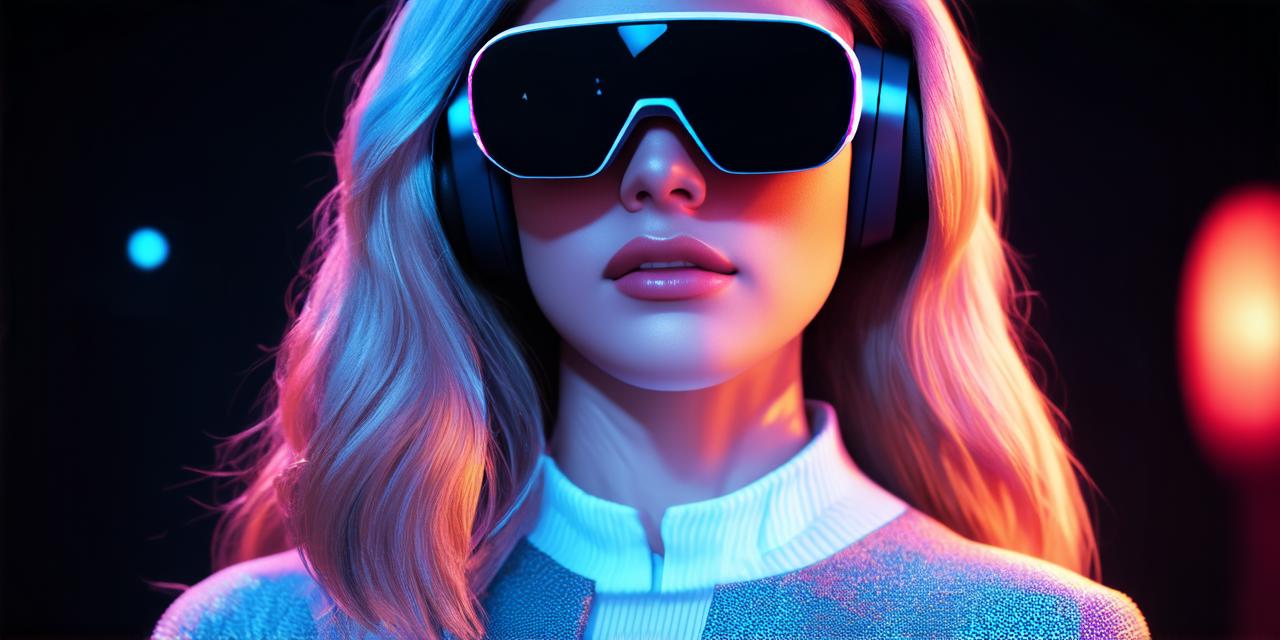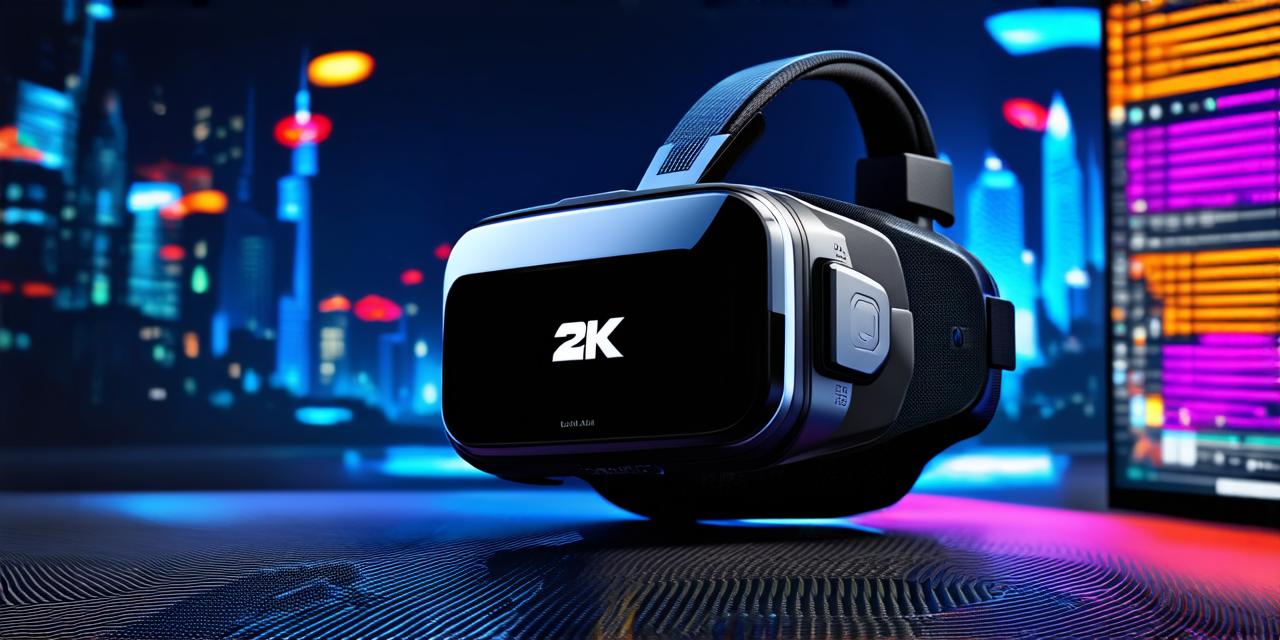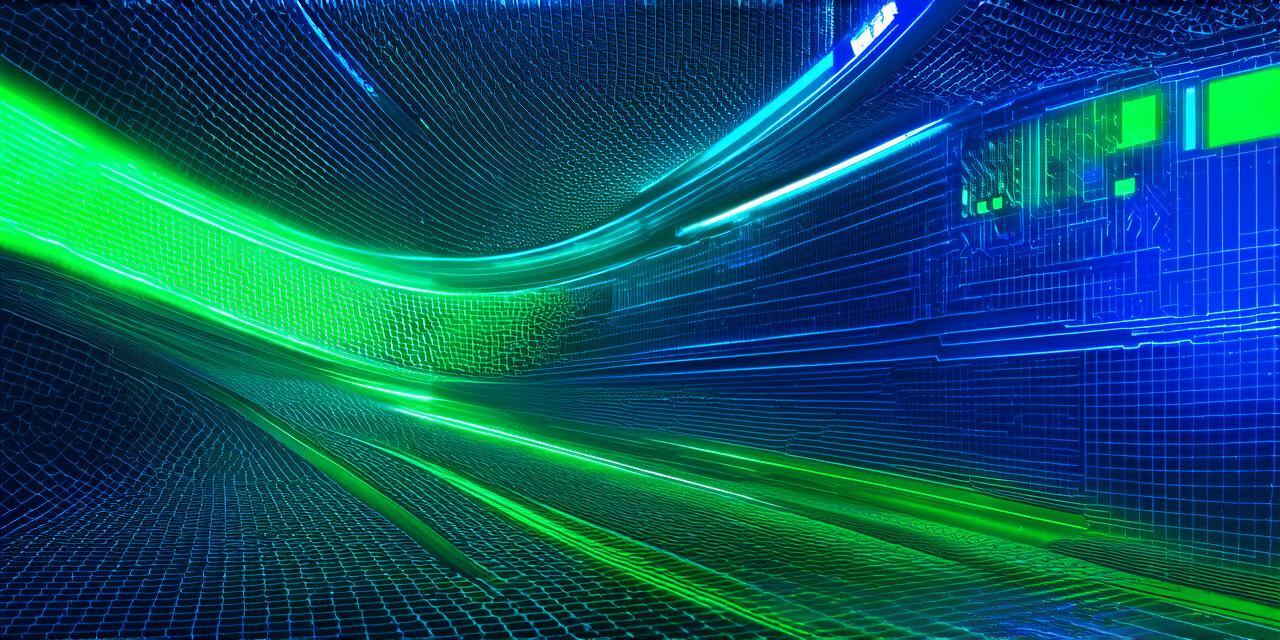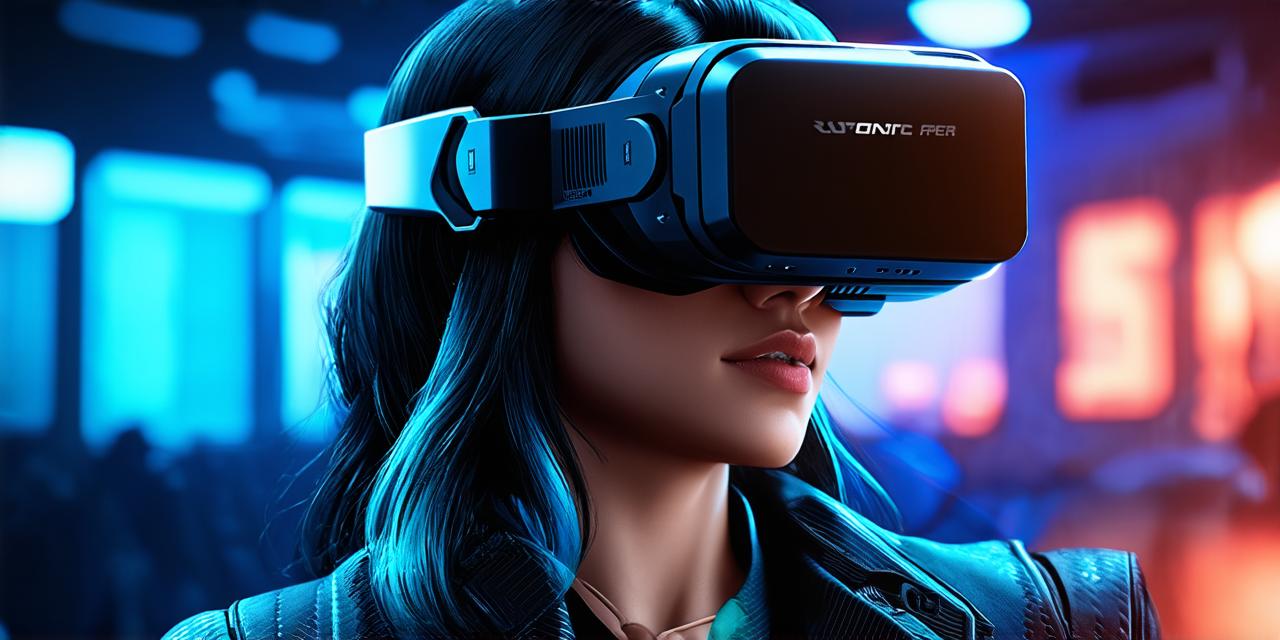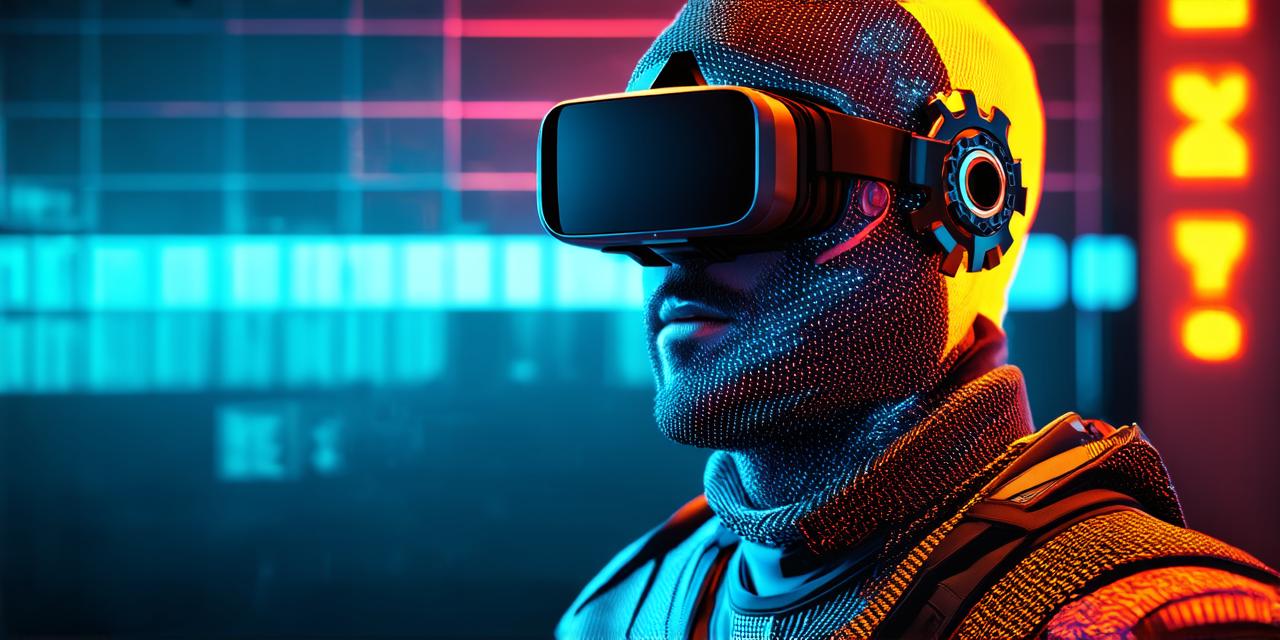Introduction: What is Magic Leap 2?
Magic Leap 2 is a smart glasses platform designed specifically for augmented reality experiences. It features a lightweight, high-resolution display that overlays digital content onto the real world. With its advanced motion tracking capabilities and an extensive ecosystem of software development tools, Magic Leap 2 offers developers a powerful platform for creating innovative AR applications.
Differences Between Magic Leap 2 and VR/Passthrough VR
Virtual Reality (VR)
Virtual reality devices, such as the Oculus Rift and HTC Vive, offer users an entirely artificial experience. They immerse users in a fully digital world, often with the help of headsets, controllers, and sensors that track movements. While VR can be highly engaging and realistic, it requires significant computing power to render the virtual environment.
Passthrough Virtual Reality (PVR)
Passthrough virtual reality devices, such as Magic Leap 2, offer a hybrid approach. They allow users to experience both the real world and digital content simultaneously. These devices use cameras and sensors to capture the user’s surroundings, which are then overlaid with digital elements in real-time. This enables developers to create applications that blend physical and digital elements seamlessly.
Magic Leap 2 vs VR/Passthrough VR: What Makes Them Different?
1. Display Technology
One of the most significant differences between Magic Leap 2 and VR/Passthrough VR devices lies in their display technology. Magic Leap 2 uses a lightweight, high-resolution display that is transparent, allowing users to see through it while still experiencing digital content overlaid onto the real world. In contrast, VR devices typically use high-resolution screens enclosed within headsets, which can be heavy and bulky.
2. Motion Tracking
Magic Leap 2 boasts advanced motion tracking capabilities, enabling developers to create applications that respond to users’ movements in real-time. This allows for more immersive and intuitive interactions with digital content. VR devices also offer motion tracking, but it can be less precise than Magic Leap 2 due to the limitations of headset-based sensors.
3. Software Development Tools
Magic Leap 2 offers a robust ecosystem of software development tools that allow developers to create AR applications with ease. These tools include an SDK, game engine integrations, and support for popular programming languages like C++, Java, and Unity. VR devices also have software development tools available, but they may be less extensive and user-friendly than those offered by Magic Leap 2.
4. Power Consumption
Magic Leap 2 is designed to be energy efficient, with a battery life of up to 5 hours on a single charge. This makes it an ideal choice for applications that require long periods of use without the need for frequent charging. VR devices, on the other hand, can consume significant amounts of power due to their reliance on high-performance computing hardware.
Case Studies: Magic Leap 2 in Action
1. Snapchat Lenses
Snapchat is a popular social media platform that has integrated augmented reality features into its app. With the help of Magic Leap 2, users can create and share AR lenses that overlay digital elements onto the real world. This has led to the creation of engaging and innovative content, such as filters that enhance photos and videos.
2. Medical Training
Magic Leap 2 has also found applications in medical training, allowing doctors and students to visualize complex procedures and anatomy in a more immersive and interactive way. For example, the device has been used to simulate surgeries and demonstrate the correct placement of implants, leading to improved surgical outcomes.
3. Retail Applications
Retail companies are increasingly leveraging augmented reality technology to enhance the shopping experience. Magic Leap 2 has been used to create virtual fitting rooms, allowing customers to try on clothes virtually before making a purchase decision. The device has also been employed in product visualization and customization, enabling customers to see how furniture and decor would look in their homes before making a purchase.
Frequently Asked Questions (FAQs)
1. What is the difference between Magic Leap 2 and VR devices?
Magic Leap 2 offers a hybrid approach to augmented reality, allowing users to experience both the real world and digital content simultaneously. VR devices offer an entirely artificial experience, immersing users in a fully digital world.
2. How does Magic Leap 2 compare to other AR devices?
Magic Leap 2 is considered one of the most advanced AR devices available, with its lightweight high-resolution display, advanced motion tracking capabilities, and extensive software development tools.
3. What industries can benefit from Magic Leap 2 technology?
Magic Leap 2 has found applications in various industries, including healthcare, education, retail, and entertainment. Its potential for creating immersive and interactive experiences makes it a valuable tool for businesses looking to enhance customer engagement and productivity.
Conclusion: The Future of Augmented Reality with Magic Leap 2
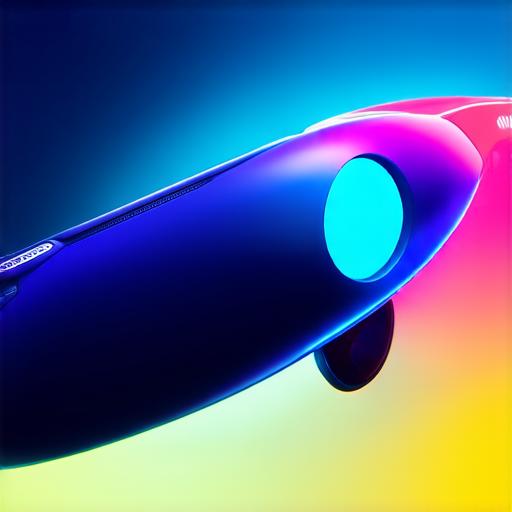
Magic Leap 2 represents the next generation of augmented reality technology, offering developers a powerful platform for creating innovative AR applications. Its unique features and capabilities set it apart from VR and passthrough VR devices, making it an ideal choice for businesses looking to create engaging and immersive experiences. As AR continues to evolve, Magic Leap 2 will undoubtedly play a significant role in shaping the future of this exciting technology.
